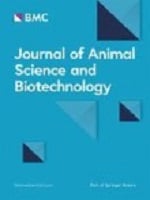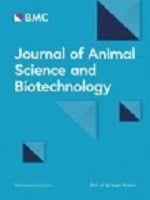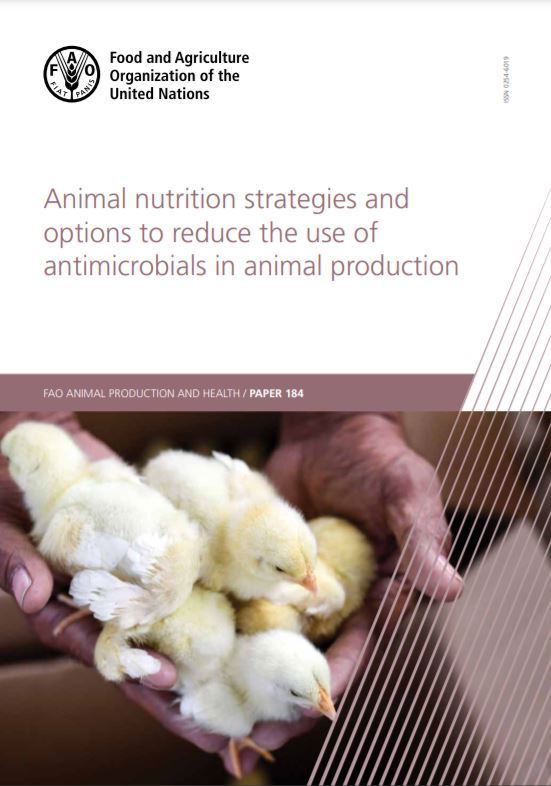
Invited review: Remediation strategies for mycotoxin control in feed
- Across species
- 2022
- Open Access
Yanming Han, Yuanyuan Wu

Abstract
Mycotoxins are secondary metabolites of different species of fungi. Aflatoxin B1 (AFB1), deoxynivalenol (DON), zearalenone (ZEN) and fumonisin B1 (FB1) are the main mycotoxins contaminating animal feedstuffs. These mycotoxins can primarily induce hepatotoxicity, immunotoxicity, neurotoxicity and nephrotoxicity, consequently cause adverse effects on the health and performance of animals. Therefore, physical, chemical, biological and nutritional regulation approaches have been developed as primary strategies for the decontamination and detoxification of these mycotoxins in the feed industry. Meanwhile, each of these techniques has its drawbacks, including inefficient, costly, or impractically applied on large scale. This review summarized the advantages and disadvantages of the different remediation strategies, as well as updates of the research progress of these strategies for AFB1, DON, ZEN and FB1 control in the feed industry.

